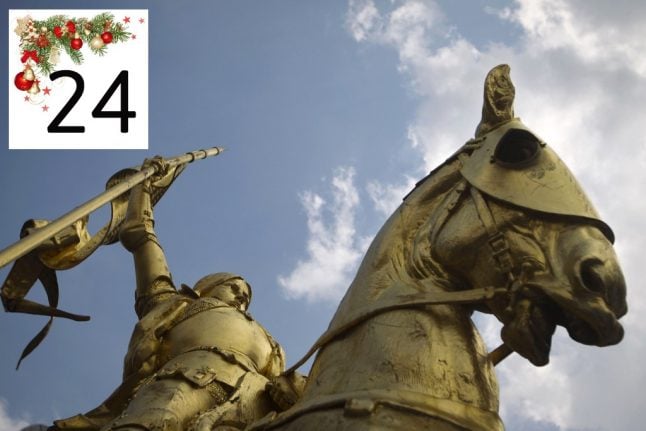Crêpes are a French culinary speciality that embodies a whole lot of national pride. They originated in Brittany, but today they are eaten all over France.
Crêpes are sweet, eaten with Nutella, jam, butter and sugar or some other topping of your fancy. You find them in traditional crêperies, which are restaurants that specialise in crêpes, or in outdoor sales booths on the street, or in any French village funfair.
Crêperies often do a mixture of crêpes and savoury galettes, which you eat with ham, cheese, eggs or whatever else is on the menu. (Breton restaurants usually offer delicious seafood options.)
Some French people would say you haven’t lived in France before you have eaten a traditional crêpe meal, which consists of a savoury galette accompanied with a bowl (not a cup) of cider, followed by a sweet crêpe.
If you want to find out whether a crêperie is worth it, an insider trick is to go and order the simplest crêpe on the menu: une crêpe beurre sucre (with butter and sugar).
If that makes your heart melt when eating it, you know you can safely spend your money on a full meal.
The video below shows a how Bretons made crêpes back in the day.
“You must love your dough while you're making it,” the woman says. It's worth a watch.
Je partirais à la guerre pour cette dame pic.twitter.com/fxNcn3uBa8
— Natarmak (@Marqueupeutoi) November 15, 2020



 Please whitelist us to continue reading.
Please whitelist us to continue reading.
Member comments